Lead Paint Removal
Health Risks
Get a Free Quote
100% FREE, No-obligation Paint inspection & Quote. Fill out the form below we’ll be in touch shortly to review your property and scope of work.
- Your privacy is secured. We do not share your information with third parties.
The Health Risks Of Lead Paint
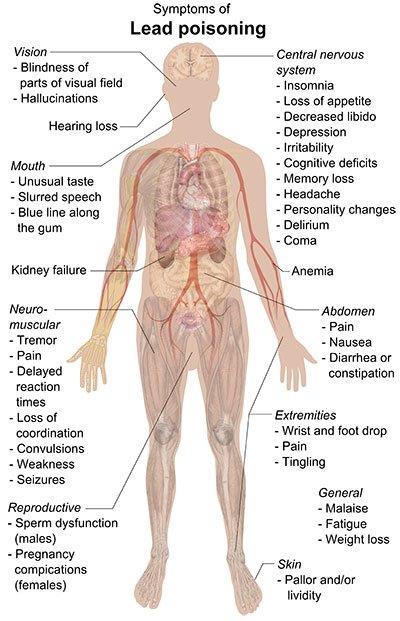
There are numerous risks associated with lead paint, which is why it’s so important to use a professional to remove lead paint who understands how to follow the appropriate safety standards set out by the Environmental Protection Agency (EPA) and the Queensland Government Department of Environment and Heritage Protection.
Typically, lead-based paint can be found on numerous surfaces, including doors, window frames, skirting boards, kitchen cupboards, exterior and interior walls, bathroom cupboards, gutters, fascias, ceilings and metal surfaces. If you notice pink or red primer when renovating, it’s time to call in a professional as both of these typically contain lead and should be left undisturbed.
It’s important to understand that lead in house paint is only a cause for concern if damaged. Paint that is still in good condition with no flaking, peeling or chalking, or covered by well-maintained lead-free paint is not hazardous.
What is Lead?
Lead is a highly toxic substance that comes from the ground. We can find lead in the air, food and water. But, you can’t see, taste or even smell lead. Lead can cause serious health problems regardless of age, although it can be especially harmful to young children, pregnant women and unborn babies. Even small amounts of lead can pose a severe hazard to your health, as it accumulates in your body over time.
A significant cause of lead exposure in Australia is paint in older homes. When the old paint peels or cracks, it creates specks of fine dust containing lead. This dust is often too small to see, but it can be easy to breathe in without realising the harm it’s doing to your body.
Before 1970, most paints used on Australian homes contained high lead levels. So if you own a home built before 1970, it’s essential to understand the risks associated with lead poisoning.
Let’s look at how we can get lead in our system and some of the consequences of lead exposure.
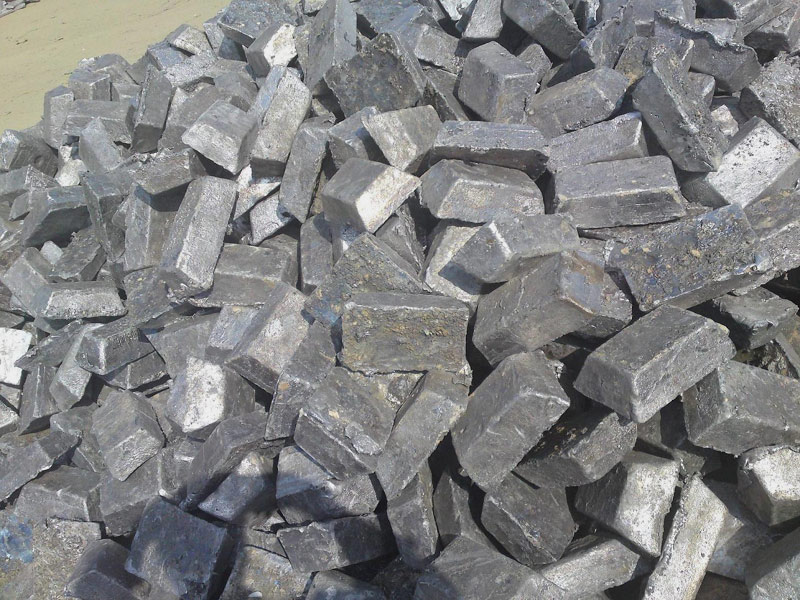
How do we get lead in our system?
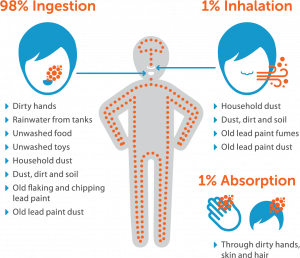 Lead usually ends up in someone’s body in a number of ways when it comes to lead-based paint exposure. It can be by consuming paint chips, which is more of a concern if young children or pets are exposed to paint flecks. This can even be an issue if the paint is on external walls if you have pets that come indoors. For example, your dog can easily bring paint chips into your home if it gets on its paws. Given many older homes feature wooden floorboards it’s easy for paint chips to get stuck between the floorboards which make it very difficult to remove.
Lead usually ends up in someone’s body in a number of ways when it comes to lead-based paint exposure. It can be by consuming paint chips, which is more of a concern if young children or pets are exposed to paint flecks. This can even be an issue if the paint is on external walls if you have pets that come indoors. For example, your dog can easily bring paint chips into your home if it gets on its paws. Given many older homes feature wooden floorboards it’s easy for paint chips to get stuck between the floorboards which make it very difficult to remove.
The most common way most people are exposed to lead-based paint is through the air, which typically happens if you’re using a sander without proper precautions when preparing a surface for repainting.
When lead enters our body, it’s usually stored and absorbed in our blood, bones and tissues. It remains stored as a continual source of internal exposure once it’s in your system. A risk of ageing for many people with lead exposure is that our bones naturally demineralise, so internal exposure can increase when released from the bone tissue.
Other sources of lead exposure can come from contaminated water, soil or air. For example, if you regularly work with batteries, home renovations or are exposed to automotive repairs, there’s a higher chance of being exposed to lead. While it is possible to treat lead poisoning, it’s a better option to look for ways to reduce your exposure to lead.
The effect of lead on children
Young children under the age of six years are particularly vulnerable due to the impact lead can have on their development. Exposure to lead can seriously affect both their brain and physical development. Very high levels may even be fatal in children. Some typical signs of lead poisoning found in children include:
- Developmental delays – not meeting expected development milestones, for example sitting well without support by nine months, walking between eight and 18 months and speaking their first word between 10 and 14 months.
- Vomiting and nausea
- Hearing issues including loss of hearing
- Fatigue and high levels of irritability
- Stomach issues including pain and constipation
- Weight loss and a loss of their usual appetite

Lead and unborn babies

Pregnant women should be cautious as lead exposure in unborn babies can be incredibly harmful, particularly in the first few months of pregnancy. If a pregnant woman is exposed to lead, it can cross the placenta and affect the unborn baby. Exposure to lead in a critical time of a baby’s development can have several serious impacts.
Lead exposure can lead to premature birth, meaning the child may be born at a low birth weight which could have a range of complications. Lead exposure in the uterus can also impact a child’s behaviour and learning abilities as they grow up. It can also affect their physical development, including the brain.
If a pregnant woman is exposed and lead enters the bloodstream, it can also increase the chances of miscarriage or stillbirth. Exposure to lead can also affect a mother’s ability to breastfeed, as it’s not safe for your baby to drink milk if the mother has lead in her system. Lead exposure can also be responsible for infertility in both men and women.
How lead can affect adults
Many people with lead poisoning don’t know they have it as the symptoms can be varied, take a long time to develop and are often associated with other health issues. In addition, lead targets an individual’s nervous system, meaning it can cause problems with your ability to think clearly and sometimes cause seizures.
Some typical signs of lead poisoning in adults can include:
- Stomach issues and constipation
- Feeling exhausted
- Memory loss and trouble concentrating
- Frequent headaches
- High blood pressure
- Weight loss, which may be a result of loss of appetite
- Depression or feelings of intense feelings of sadness
- Muscle or joint pain
- Numbness or a sensation of tingling in both hands and feet
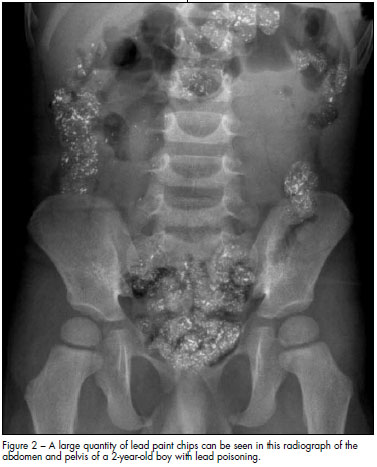
Serious health problems as a result of lead poisoning
Anemia – lead poisoning can cause anemia, a condition where you lack the required healthy red blood cells to carry adequate oxygen levels to your body’s tissues. Anemia can often make you feel tired and weak. If untreated over a long period, anemia can lead to serious health complications such as heart failure, poor immunity and severe levels of weakness.
Kidney damage – the kidney is one of the organs in your body where lead can be stored. Kidney damage through lead poisoning is rare today; however, high levels of exposure can lead to kidney damage, typically over years of intermittent or continuous exposure and is more common in older generations.
Brain damage – it’s not possible to reverse the effect of damage to brain development caused by high exposure to lead. As stated above, young children are at the most significant risk of suffering lifelong problems if exposed to lead, affecting their physical development and intelligence throughout their lives. Lead can affect the brain so much because it can break through the blood-brain barrier, essentially a protective barrier for your brain. It can cause fluid to accumulate, which can cause cerebral edema leading to extreme pressure, which may result in irreversible brain damage.
How you can protect yourself and your family from lead paint?
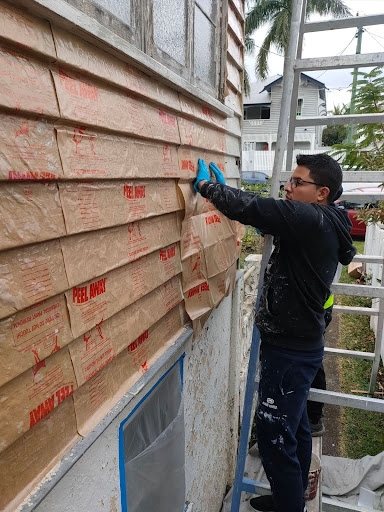
If your house was built after 1978, you don’t need to worry about lead in your home, but if your house was built before 1978, it’s essential to take some precautions to help prevent your family from the dangers of lead-based paint.
Here are some recommendations:
- Keep an eye out for any peeling or chipped paint on the walls of your home. If you notice paint damage, be sure to contact a professional for guidance.
- If you’re renovating or undertaking repairs where paint is being sanded or scraped inside your home, always seek professional guidance. Don’t try to do the work yourself with understanding the risks.
- Keep floors, windows, window sills and other flat surfaces clean and dust-free.
- Wash your hands before you eat, and encourage your family to wash their hands.
If you’re concerned that you or your family may have been exposed to lead, the easiest way to check is by visiting your GP for a blood test. However, the best way to know whether or not your home contains lead paint is to have it professionally tested. Are Surepaint, we offer a lead paint testing service that allows us to quickly identify if there is lead paint anywhere on your surfaces.
Once we’ve done the test, we can determine the best approach, whether it needs to be entirely removed or encapsulated to seal the lead effectively. Whatever the right approach for your project, you can be confident that we will follow safety precautions when removing the paint to minimize any exposure to you and your family.
For more information read the Australian Government’s Lead Protection Guide. Or you can call our Brisbane lead paint encapsulation experts to help guide you in such cases.
Our Services
Surepaint™ is professional lead paint removal contractor located in Brisbane area specializing in residential commercial lead based paint removal.
Why use Surepaint™?
Learn about how we accomodate all different types of projects and customers with our unique lead paint removal approach
Experience
Our team brings many years of experience working on projects across the Greater Brisbane area. Their experience means they’ve seen it all when it comes to removing lead-based paint and can recommend the best way to effectively remove lead paint from your home.
Safety
At Surepaint, we’ve established strict safety protocols that our team follows to ensure that all work undertaken on your project safely removes lead-based paints. Both our removal options include preparing surfaces to reduce the risk of dust escaping into your property and yard.
![]()
Compliance
Our qualified team follows all recommendations outlined by the Environmental Protection Agency (EPA) and the Queensland Government Department of Environment and Heritage Protection when removing lead-based paints for all of our projects.
Keep your family safe
We work closely with our customers to provide a personalised experience that aims to keep you and your family safe. All of the lead paint we remove from your surfaces are taken off-site as part of our thorough clean up process.
Our Guarantee
While it can be impossible to completely remove all traces of lead-based paints if the paint has seeped into the timber of your home, at Surepaint we guarantee to remove up to 90% of all lead paint on your property to keep you and your loved ones safe.

Experience
Our team brings many years of experience working on projects across the Greater Brisbane area. Their experience means they’ve seen it all when it comes to removing lead-based paint and can recommend the best way to effectively remove lead paint from your home.
Safety
At Surepaint, we’ve established strict safety protocols that our team follows to ensure that all work undertaken on your project safely removes lead-based paints. Both our removal options include preparing surfaces to reduce the risk of dust escaping into your property and yard.
Compliance
Our qualified team follows all recommendations outlined by the Environmental Protection Agency (EPA) and the Queensland Government Department of Environment and Heritage Protection when removing lead-based paints for all of our projects.
Keep your family safe
We work closely with our customers to provide a personalised experience that aims to keep you and your family safe. All of the lead paint we remove from your surfaces are taken off-site as part of our thorough clean up process.
Our Guarantee
While it can be impossible to completely remove all traces of lead-based paints if the paint has seeped into the timber of your home, at Surepaint we guarantee to remove up to 90% of all lead paint on your property to keep you and your loved ones safe.






